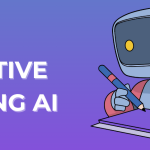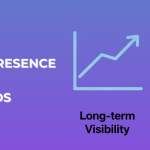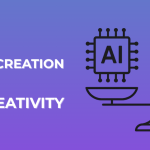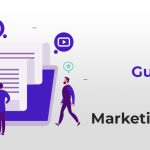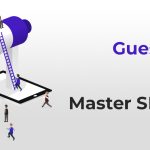Table Of Content
LLMs have become one of the most important internet tools in recent times. Around 52% US Adults are now using chatbots and LLMs for searching assistance. Around 60% of searches do not result in click-through rates. Moreover, traditional searches have dropped by 25% in the last few years.

These figures suggest that the creative writing AI and content business is on a major overhaul trajectory. This indicates that now is the time to crack the code on LLM. Later, the landscape would be conquered, leaving no space for learning or implementation.
Therefore, let us dive right in and understand how AI can be used to structure LLM writing for visibility.
How LLMs Choose Content?
Understanding LLM for creative writing AI will help you deal with the tactical side of writing. As a result, understanding how it works is crucial to say the least. A 2025 study suggests that US retail website traffic has spiked by 1200% between July 2024 and February 2025.

This spike suggests that understanding LLM is not just a luxury but a necessity. It is a necessity for visibility and better revenue. It will determine the success of businesses for the next few years.
LLMs choose content based on a few fundamental principles. These principles are the pillars of LLM content creation. Here are the pillars or basic tenets of LLM that can assist creators in creating the right kind of content.
#1 Relevance Matching
One important aspect of creative writing for AI is something called relevance matching. Google queries are recorded as questions, and LLMs scan through millions of pages to identify which response offers the clearest and most contextually aligned answer.
This is why AI content creation now focuses heavily on crafting content that directly matches user intent rather than just inserting keywords. In fact, this is exactly how LLMs sift through the mountain of content and select the most relevant answer.
Unlike traditional SEO, LLM does not look at specific keywords. Instead, LLM looks at broader paragraphs that answer the relevant question with a sense of clarity. Some of the important metrics that LLM assesses include:
- Semantics
- Relevance to the topic
- Context of relevancy
Apart from these aspects, LLMs also assess the conversational tone of the content. This is way beyond the basic tone or language. It is also about how easily content can allay confusions that might come up in the long run. Therefore, creative writing AI models are moving away from the archaic practice of keyword stuffing.
#2 Authority Metrics
The second pillar of LLM visibility is about understanding authority metrics. In simpler terms, content cannot just be stuffed with jargon and information. Mindless AI writing tends to stuff information.
This is something that the LLM algorithm hates. LLM wants to prevent misinformation from spreading. As a result, it tends to prioritise sources that demonstrate expertise as well as credibility.
Penfriend released a study that suggests, “LLMs assess credibility based on the accuracy of claims, the presence of citations, and the overall consistency of the information with other reputable sources.”
This means that LLM does not just look at information but also assesses the source of information. Usually, AI writing tools stuff content with third-party information. Hence, LLM looks content riddled with third-party information and ranks it lower.
#3 Content Structure & Clarity
Structure plays a major role when it comes to writing. In short, LLM tries to place itself in the shoes of readers. The way it achieves this is by looking at the accessibility metric. In other words, it looks for content that is easy to read and well-structured.
Content structure is more crucial for LLM than for human readers. Writers at BO have a theory about this aspect. LLMs are like airport blog readers. They are mostly sifting through H1 and H2 of the content.
As a result, adding informative headers is very important. This adds structure and makes the content easier to read.
#4 Freshness
AI writers are great for churning out volume. However, they are not so great when it comes to being fresh. In other words, AI writers tend to rehash old information. This is because AI lacks the sentience of a human being.
A human being can collate and analyze various data points to curate a detailed piece of content. Meanwhile, AI would look for old information and reuse data. Here is an example

Source: Ethinos
As a result, LLMs tend to assess the recency of data.. In other words, LLMs prefer content that contains relevant and recent information. This shows that the content writer has done their research and is presenting first-hand content.
How LLMs Process Content
Understanding the LLM content processing funnel is crucial for creative writing AI models to function effectively. Here is a detailed rundown of how the processing flowchart works:
- Query analysis: LLM interprets what users want to know.
- Document retrieval: It looks for relevant content documentation to add to the knowledge base.
- Relevance Ranking: Evaluating the relevancy and quality of the information provided.
LLMs use this technique to sift through a mountain of content. SEO.ai suggests that around 10 to 15% of traditional content search models would convert to generative AI queries by 2026. Therefore, revamping SEO as a whole.
Structuring Content For Visibility
Creative writing AI tools can churn out content at a stupendous pace, significantly rivalling human-based content businesses. However, AI cannot mimic the necessary human element for visibility.
In this section, we will look at some of the tips that can help you to structure your content for better readability and understanding. Here we go!
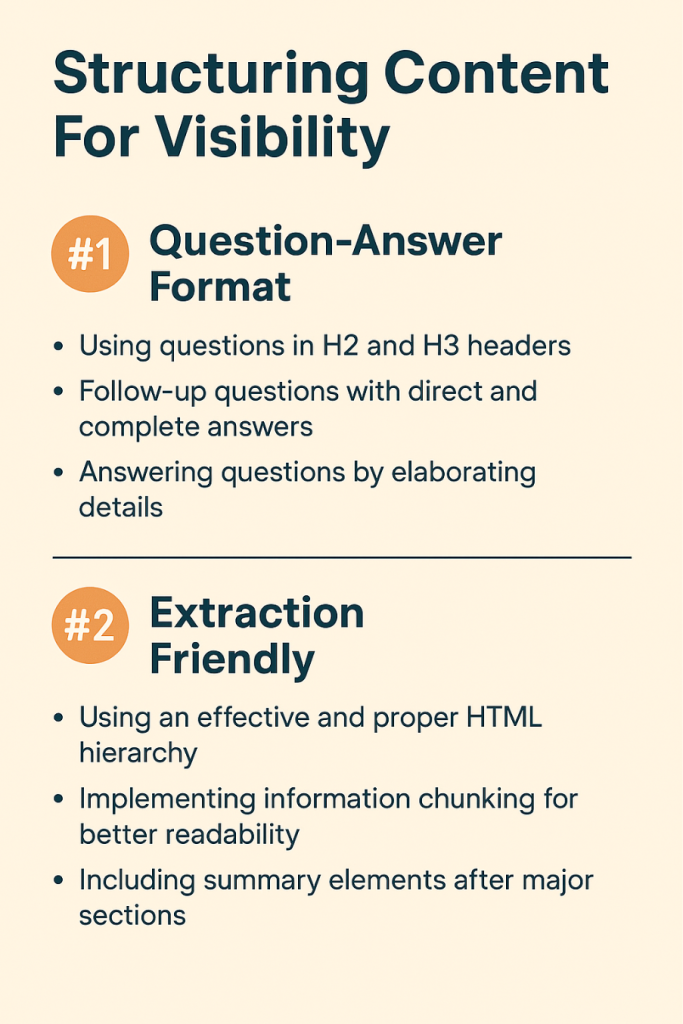
#1 Question-Answer Format
One of the best ways to make your content more visible is by structuring your answer around specific questions. A Princeton study suggested that content with a clear question-and-answer format tends to capture readers’ attention better.
It also increases LLM visibility, which is why many brands now rely on professional content writing services to craft clear, intent-focused responses that stand out.
This makes the question and answer format more user-friendly and perfect for a higher Google ranking. Here are some of the useful means of incorporating the question-answer format:
- Using questions in the H2 and H3 headers of the content. Try covering both the basic and advanced questions related to the topic. Also include variations of questions like when, why, what, and how.
- Follow-up questions with direct and complete answers. The answers must stand alone if quoted and must feel complete. Keeping the initials concise so that it does not feel overwhelming for the readers.
- Answering questions by elaborating details. Include stats and data to make the answer feel substantial and complete.
#2 Extraction Friendly
One of the major ways of creating curated LLM-friendly content is by making the writing feel more extraction-friendly. In other words, parse information in a way that can be easily extracted and used later. Creative writing AI can only be called relevant if it is extraction-friendly. Here are ways you can make the content extraction friendly.
- Using an effective and proper HTML hierarchy. The headers, along with the information, need to follow an appropriate hierarchy where each section has a clear boundary and contains effective information.
- Implementing information chunking for better readability. Keep paragraphs short and controlled with just 3 to 5 sentences max. Using bullet points to number and list information. This makes the information easy to parse and extract.
- Including summary elements after major sections. This makes it easier for both readers and AI to understand the content better.
Future-proofing Your Strategy
In today’s fast-paced world of content, future-proofing your strategy is crucial. This is why spaces like creative writing AI, content business and digital marketing are looking to implement AI as one of their strategies. All of which make a company more future-proof.
Implementing such models can actually increase the longevity of your business and better fit the future context. Therefore, work smart and consider integrating these approaches to make your future strategy more foolproof. Ready to future-proof your brand? Take the next step and optimize your plan today.


